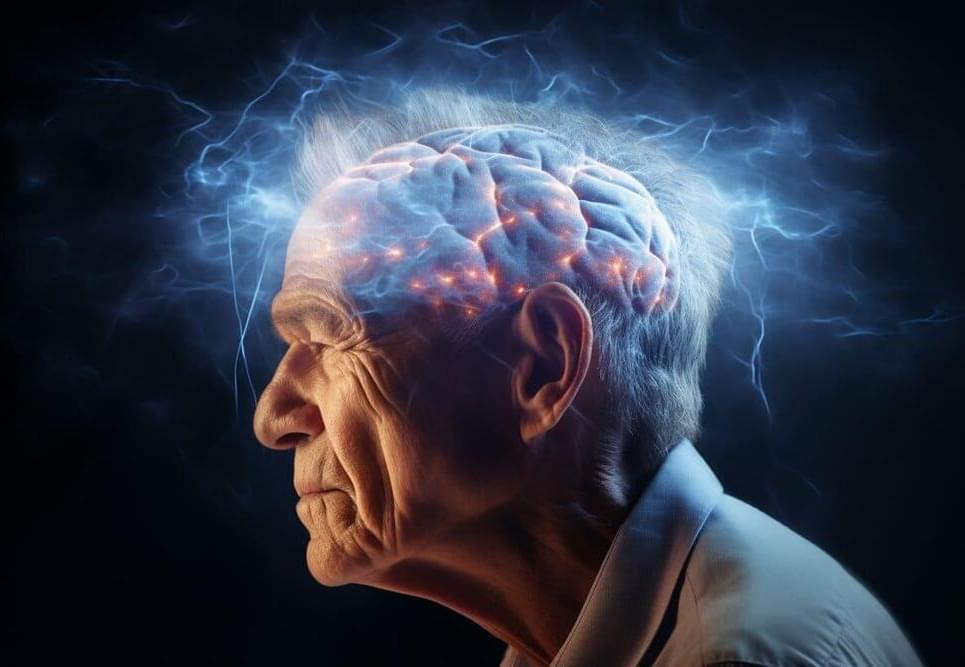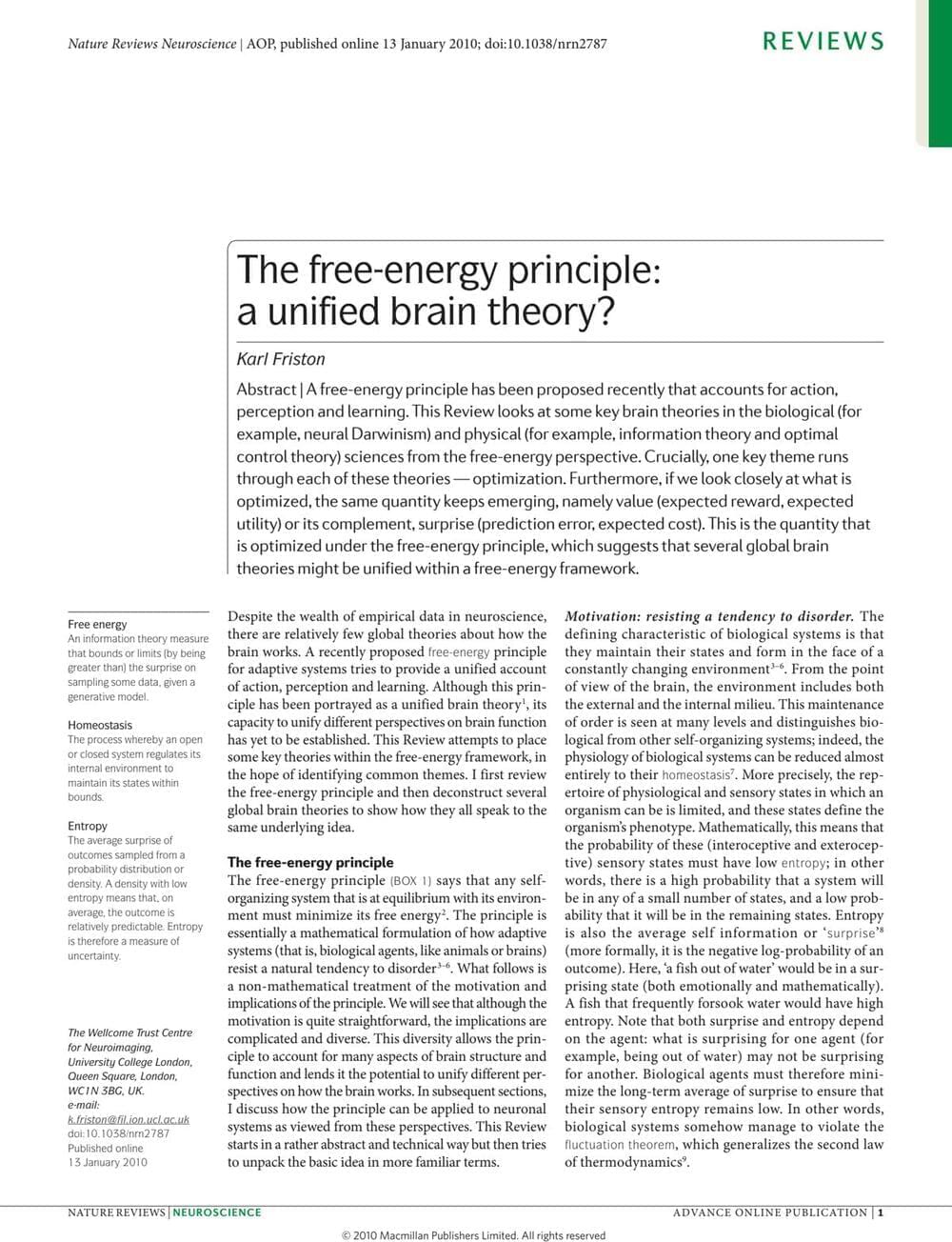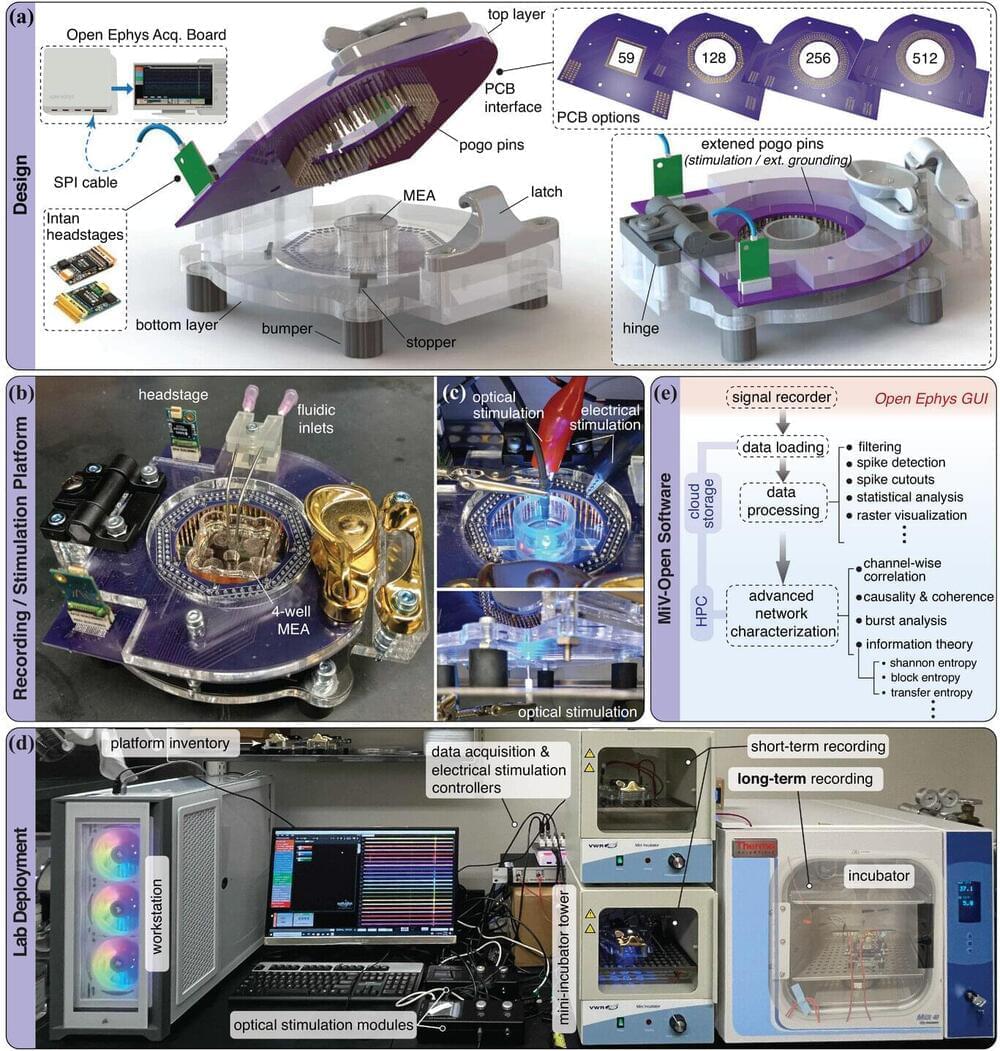Jan 24, 2024
Brain Thinning Predicts Alzheimer’s 10 Years Before Symptoms
Posted by Dan Breeden in categories: biotech/medical, neuroscience
Summary: Researchers identified cortical gray matter thinning as a potential early biomarker for dementia. In a study involving 1,500 participants from diverse backgrounds, thinner cortical gray matter was linked to a higher risk of developing dementia 5 to 10 years before symptoms appeared.
This finding suggests that measuring gray matter thickness via MRI could be key in early dementia detection and intervention. The research highlights the importance of early diagnosis in managing and possibly slowing the progression of dementia.


















